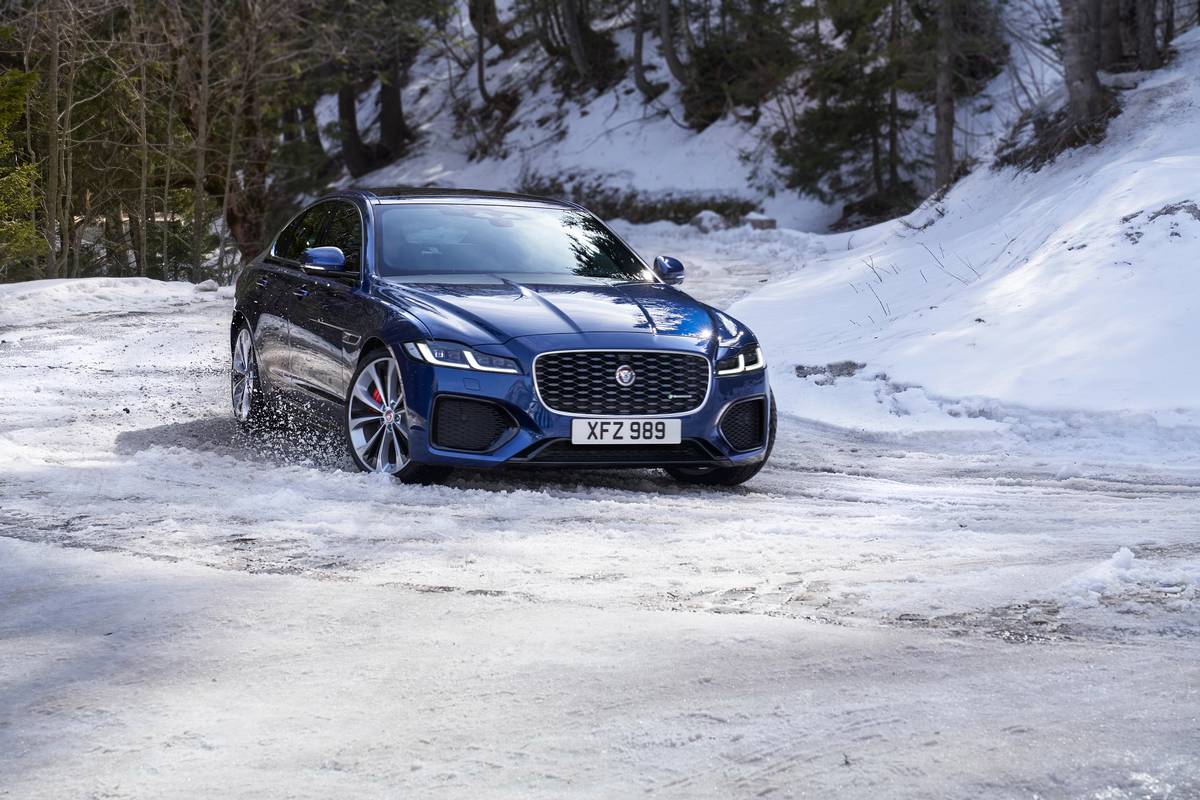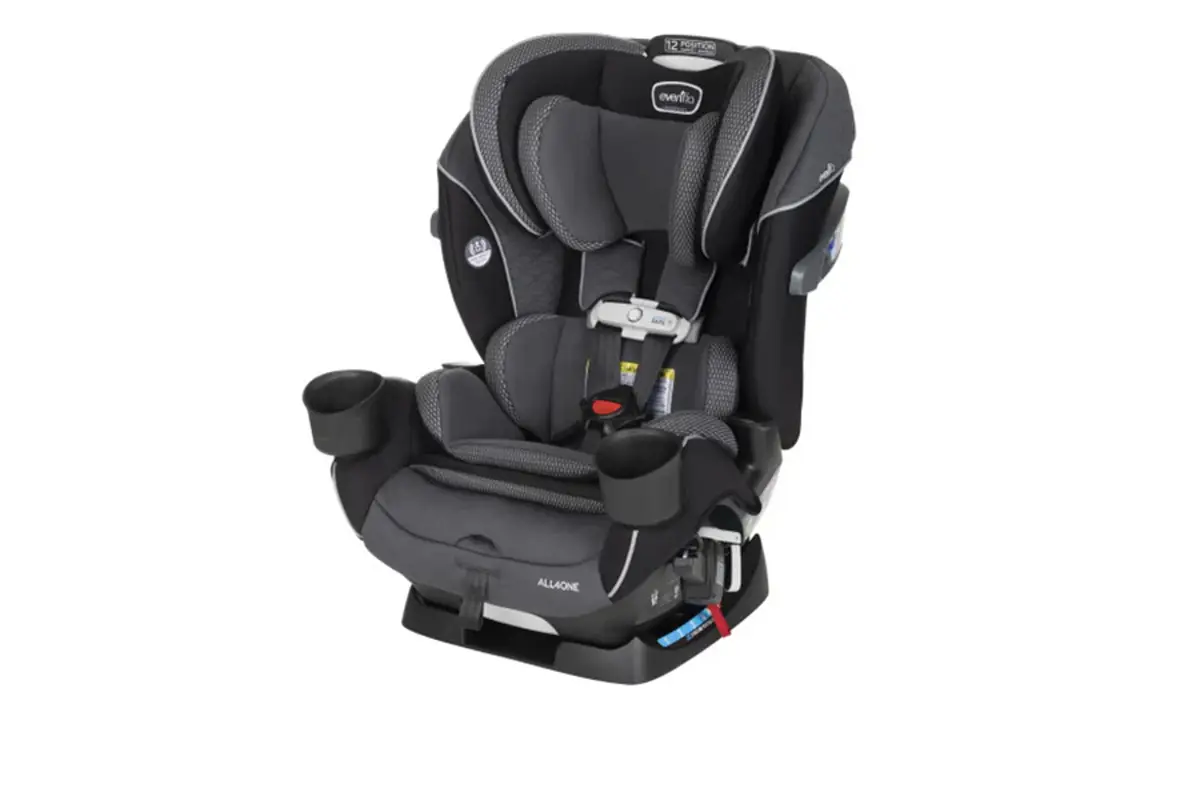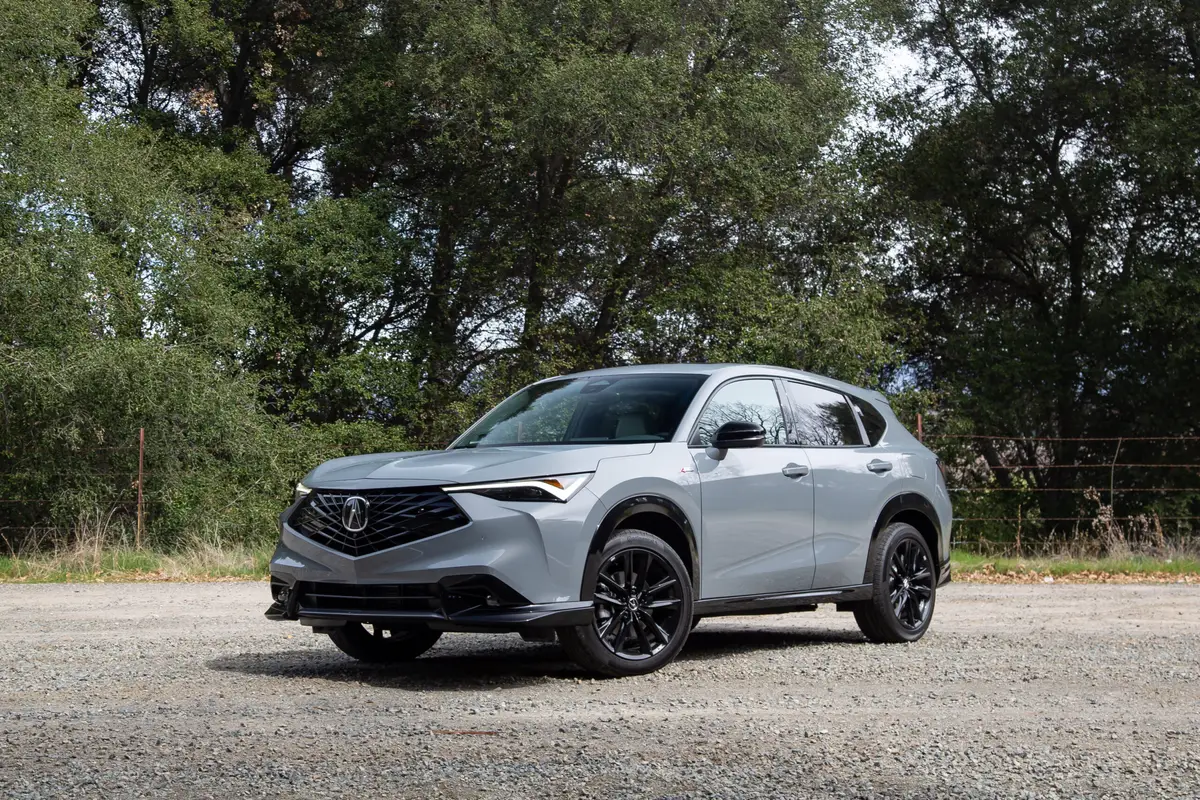KansasCity.com's view
The Tiburon sports coupe will change how you think about Hyundai.
This rounded, smiley-faced two door is a preview of where the company is going in the future. Its styling contains cues taken from the HCD-II concept car shown at the Detroit auto show in 1993. While the design has lost some of its sinuousness in the translation from concept to production, it still makes quite a visual statement, although in truth it is a statement targeted primarily to those in their mid-20s. Middle-agers like me will probably think it is a bit much.
The extent to which the Tiburon is a departure from its siblings can be found in the fact that the Hyundai nameplate is not found anywhere on its exterior. Oldsmobile employed a similar technique when it first brought out the Aurora without an Olds name or badge anywhere on its body.
Like the Aurora did for Oldsmobile, the Tiburon should invigorate the entire Hyundai line. But its value goes beyond its new look. Under the hood is a Hyundai’s Beta engine, a four-cylinder, twin-cam unit that comes in 1.8- and 2.0-liter sizes. In the not-too-distant past Hyundai relied on Mitsubishi for its engines, but this one is its own design, and it is as modern as any of its competitors. It features self-adjusting hydraulic tappets, a distributorless ignition system and dual-aperture fuel injectors that reduce emissions and improve efficiency.
There are two models: Tiburon and Tiburon FX. The upscale FX gets standard four-wheel disc brakes and the larger engine. A four-channel anti-lock brake system is optional.
I drove the FX, whose engine puts out 140 horsepower. Both a 5-speed manual or 4-speed automatic transmission are offered, and our car had the manual, which made it fun to drive, but the shift linkage was notchy. Performance seemed to be on par with any of the other cars in its class.
Waiting at stop lights, the clutch felt heavy even though Hyundai says it has been designed to require lower effort.
Even though this is a sport coupe, outward visibility is quite good because the roof has thin pillars.
When Hyundai first began importing cars to this country, demand was high and products were built so fast they often suffered from uneven quality. The decline in quality slowed sales, and Hyundai has worked hard to correct its problems and produce trouble-free vehicles.
Our bright red test car seemed to be put together well without any visible signs of problems with fit or finish. The sport bucket seats, covered in a brightly patterned cloth, provided excellent support in all of the critical areas. The inside is not as big as a sedan, of course, and the back seat is only meant for occasional passenger use, but a large rear hatchback gives the kind of hauling versatility cars like this need.
With the rear seat folded down there is substantial space for hauling bikes, boxes, small furniture and the like. College students will find this arrangement especially use ful for trips back and forth to school.
The Tiburon’s dash is as styled as wildly as the exterior. The speedometer and tachometer are each housed in large ovals, and the rest of the dash curves around the driver and blends into the center console, giving it a cockpit feel.
Large knobs for heating and cooling are located in the upper section, while the radio is below. The radio’s old-style buttons are tiny and tough to use. Put on gloves and it gets harder.
The Tiburon uses a MacPherson strut suspension design in front and a dual-link set-up in the rear. Equipped with gas shock absorbers, it soaks up bumps and yet feels agile and responsive in turns. The FX has 15-inch alloy wheels and Michelin tires.
The Tiburon is just the tip of Hyundai’s new-product iceberg. It showed a convertible Tiburon at the Detroit auto show, but said it is not scheduled for production because it would end up costing about $25,000. Down the road, however, one might well be offered the line expands.
Price
The base price of our Tiburon FX was $14,899. Options of air conditioning, cruise control and AM/FM stereo cassette brought the sticker price to $16,399.
Warranty
The basic warranty is for three years or 36,000 miles.
Vehicles for The Star’s week-long test drives are supplied by the auto manufacturers.
Point: The Tiburon charts a new course for Hyundai because of its bold styling, solid engine and responsive handling.
Counterpoint: The shift linkage felt clunky, and the clutch was heavy waiting at traffic lights. The radio could use bigger buttons that are easier to understand and use.
SPECIFICATIONS:
ENGINE: 2.0-liter, 4-cyl.
TRANSMISSION: 5-speed
WHEELBASE: 97.4 inches
CURB WEIGHT: 2,597 lbs.
BASE PRICE: $14,899
PRICE AS DRIVEN: $16,399
MPG RATING: 22 city, 29 hwy.
Latest news



